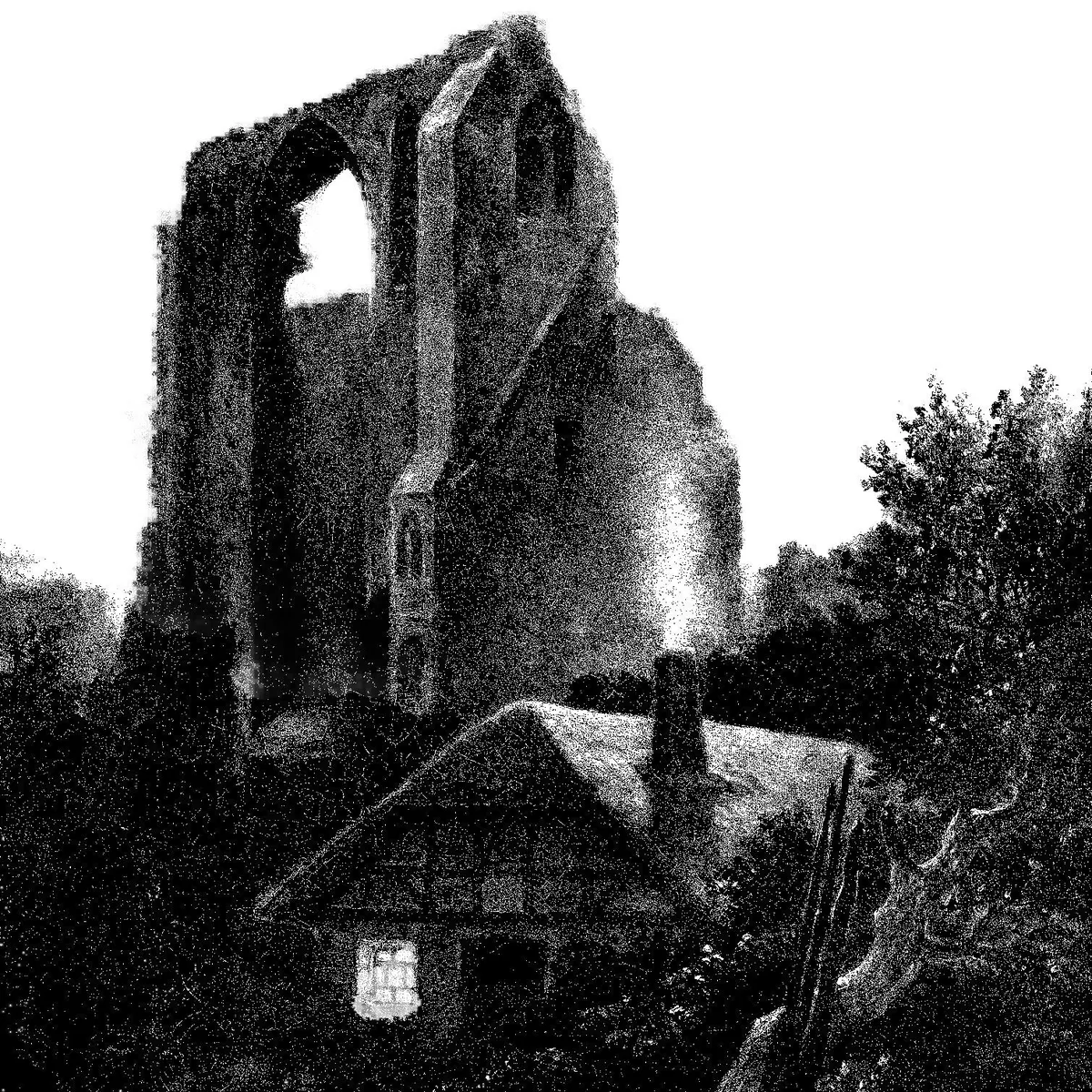RUINOUS: an ashcan ultralight system

This morning I had a eureka moment about how I could simplify Ruins & Rogues and still retain what I like about it. Here's what I’ve come up with. EDIT: I’ve actually edited this a lot since I posted it (sorry!), but as of 10/14 there’s now a commentary section at the bottom.
Character Creation
Describe what your character is good at in a few sentences, then give yourself three starting items. Here are some examples of different kinds of items you might give yourself:
- Counterfeit (loaded dice, fake jewelry, forged documents)
- Cover (flour sack, smoke pellets, glitter powder)
- Distractions (wind-up toy, whistle, firecrackers)
- Flammable (coal, kindling, sawdust)
- Floor traps (caltrops, marbles, snare trap)
- Irritants (spice jar, poison ivy, feather pillow)
- Relaxants (calming incense, sleeping powder, bottle of ether)
- Slippery (soap, vegetable oil, butter)
- Sticky (pot of glue, jar of honey, pot of tar)
- Silly (musical instrument, pet goldfish, large natural sponge)
Your maximum HP starts at 4. If your character is supposed to be good at fighting, give yourself light armor and/or a shield.
- Wearing armor increases your maximum HP by 2 (light), 4 (medium), or 6 (heavy).
- Wielding a shield also increases your maximum HP by 2.
Finally, give yourself a melee weapon (sword, axe, spear, etc.) and/or a ranged weapon (bow, crossbow, sling, etc.).
Rolling Dice
Only the GM rolls dice. Whenever the GM is uncertain, the GM rolls a d6; the higher the result, the better the outcome for the PCs.
If the result seems unlikely, the GM may roll a second d6 and take the new result if it seems more likely. The GM may not roll a third d6.
Combat
Each round, first each enemy gets a turn, then each player. On your turn, you can move a reasonable distance and take one action. Exception: Surprised enemies do not go first.
No dice are rolled in combat. Weak attacks deal 1 damage, normal attacks deal 2 damage, strong attacks deal 3 damage, and attacks against an especially vulnerable target deal 4 damage.
Since damage is static and the odds may be stacked against you, you should be clever with your items and your environment. If it isn't outright deadly, a trap or other environmental hazard deals 2 (weak), 4 (normal), or 6 (strong) damage.
Damage and Recovery
When you take damage, you lose that much HP. If you run out of HP, you die.
A good long rest restores you to your maximum HP. Up to twice per day, you can take a short rest to regain up to half your maximum HP.
Note that, if you lose your shield or your armor breaks, your maximum HP is not reduced until you take a short or long rest.
Monsters
Monster statblocks look like this: "Name. HP, weapon (attacks x damage tags)."
For example: "Dragon. 32 HP, claws (2x3) or fire breath (6 heavy blast)." 2x3 means the dragon can make two claw attacks per action that deal 3 damage each; attack tags are explained below.
Monsters have HP as follows:
- Easy: 2, 4, or 6 HP
- Medium: 8, 10, or 12 HP
- Hard: 16, 24, or 32 HP
Here are some attack tags:
- Blast: The attack strikes all targets within whatever area of effect the GM deems reasonable.
- Body: The attack strikes all targets that the attacker moves into or otherwise touches on its turn.
- Heavy: The attack costs two actions: one to ready the attack and one to attack next turn.
- Stun: The target takes 1 damage if it moves and 1 damage if it acts on its next turn.
Commentary
So, what makes this different from Ruins & Rogues, in the end?
- No player-facing rolls. 2d6 task resolution and Milton-dice damage rolls are gone. Combat is now a lot more like Skorne.
- No advancement system. Spells are gone; skills are replaced with freeform description; raising your maximum HP is now diegetic and based on armor.
- No big list of premade characters or monsters. This version is a lot more “neutral” about its setting, who you can be, and who you might encounter.
I think the overall effect is that Ruinous is a lot more flexible and easier to teach than R&R, but I’ll have to test it out. I’m curious to see how the static damage combat and the lack of player-facing rolls goes over with players, but I think for the right group it could feel a lot more immersive.